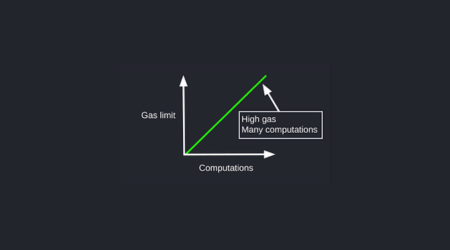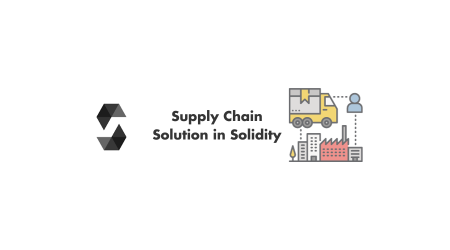Are you ready to take your Solidity programming skills to the next level? Look no further!
In this comprehensive overview, we will show you how to seamlessly integrate Chainlink into your Solidity projects. By combining the power of these two technologies, you’ll unlock a world of possibilities for your decentralized applications.
Get ready to dive into the ins and outs of this integration, as we guide you step-by-step through the process.
Don’t miss out on the incredible benefits and best practices that await you on this exciting journey!
1. Key Takeaways
- Chainlink serves as middleware for Solidity integration and provides decentralized oracles for smart contracts.
- Solidity is the programming language for Ethereum smart contracts and requires real-world data for effective functionality.
- Integrating Chainlink with Solidity enhances the functionality and reliability of smart contracts and enables a wide range of use cases.
- The integration process involves building a decentralized oracle network, implementing data validation, integrating Chainlink client into Solidity code, and thoroughly testing and deploying smart contracts.
2. The Role of Chainlink in Solidity Integration
Chainlink plays a crucial role in the integration of Solidity. It serves as a middleware for Solidity integration, providing decentralized oracles for smart contracts.
With the increasing complexity of blockchain applications, the need for reliable external data has become paramount. Chainlink acts as a bridge, enabling smart contracts to interact with real-world data securely and efficiently.
To understand Solidity and its integration with Chainlink, it is essential to delve into the workings of this programming language and its capabilities.
3. Understanding Solidity and Its Integration With Chainlink
To grasp how Solidity seamlessly incorporates with smart contracts, it is essential to comprehend its integration with external data sources.
Solidity is the programming language used to write smart contracts on the Ethereum blockchain. It provides the foundation for executing code and implementing logic within these contracts.
However, smart contracts often require real-world data to function effectively. This is where the Chainlink Oracle comes into play, acting as a bridge between Solidity and external data sources.
4. Benefits of Integrating Chainlink With Solidity
By incorporating Chainlink with Solidity, you can significantly enhance the functionality and reliability of your smart contracts. The integration of Chainlink and Solidity opens up a wide range of use cases and opportunities for developers.
From decentralized finance (DeFi) applications to supply chain management and insurance, the combination of Chainlink’s secure and reliable external data feeds with Solidity’s smart contract capabilities provides a powerful toolset.
However, integrating Chainlink with Solidity does come with potential challenges, such as ensuring the security and accuracy of the external data sources.
In the following section, we will provide a step-by-step guide to integrating Chainlink and Solidity seamlessly into your projects.
5. Step-by-Step Guide to Integrating Chainlink and Solidity
Here’s a step-by-step guide on how you can seamlessly integrate Chainlink and Solidity into your projects:
- Start by building a decentralized oracle network using Chainlink. This will allow your smart contracts to securely access external data sources.
- Implement data validation in your smart contracts using Chainlink’s oracle services. This will ensure that the data received from external sources is accurate and reliable.
- Integrate the Chainlink client into your Solidity code. This will enable your smart contracts to interact with the Chainlink network and fetch data.
- Test and deploy your smart contracts with Chainlink integration. Make sure to thoroughly test the functionality and security of your contracts before deploying them to the blockchain.
By following these steps, you will be able to successfully integrate Chainlink and Solidity, building a reliable and secure decentralized oracle network for your projects.
Moving on to best practices for Chainlink and Solidity integration, it is important to consider certain factors to ensure a smooth and efficient integration process.
6. Best Practices for Chainlink and Solidity Integration
When integrating Chainlink and Solidity, you should consider best practices to ensure a smooth and efficient integration process. One of the challenges in Chainlink integration is accurately predicting the price of Chainlink. To help you navigate this process, here are some best practices to follow:
| Best Practices | Description |
|---|---|
| 1. Thorough Testing | Test your integration thoroughly to identify and fix any issues before deployment. |
| 2. Secure Data Feeds | Use Chainlink’s secure and decentralized oracle network to ensure reliable and tamper-proof data feeds. |
| 3. Gas Optimization | Optimize gas usage in your smart contracts to minimize costs and improve efficiency. |
| 4. Continuous Monitoring | Continuously monitor your integration to identify any potential issues and ensure proper functioning |
.




